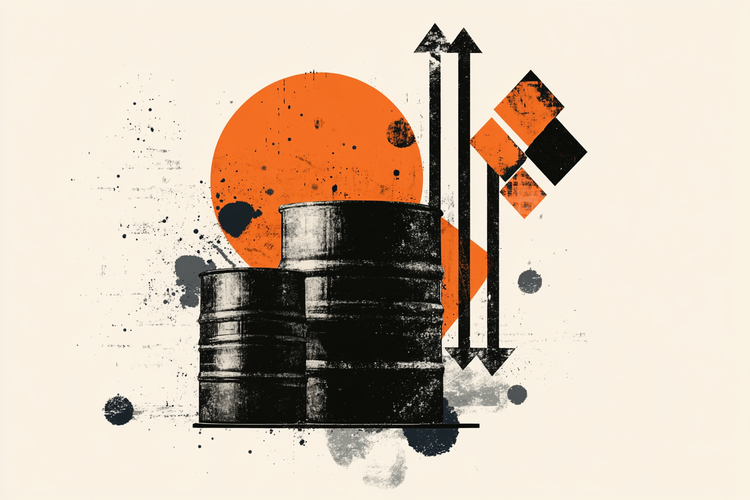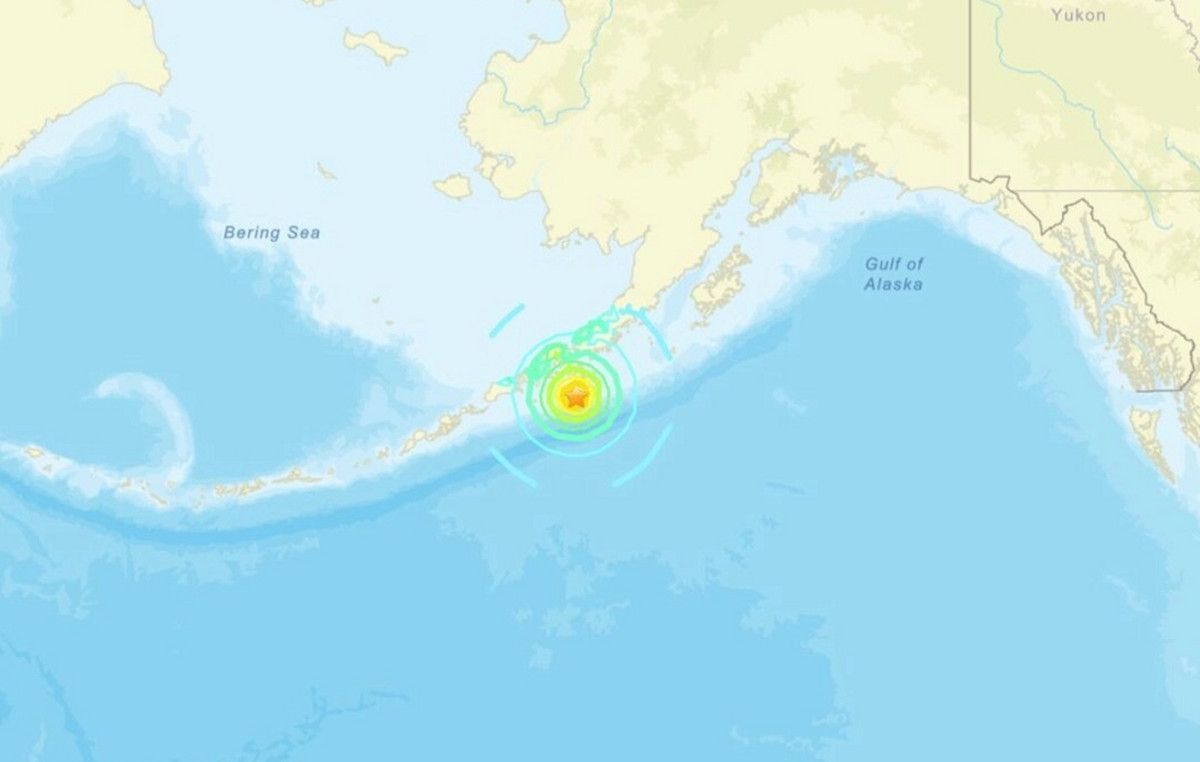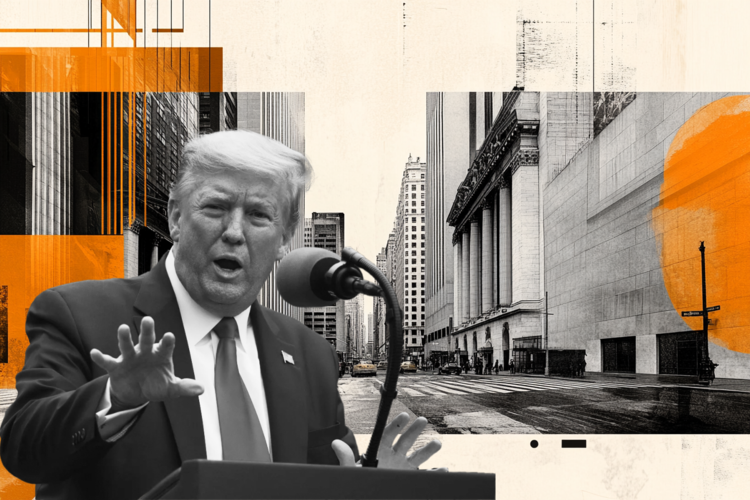The federal government must develop a plan to improve conditions in Brazilian prisons, recognized eight years ago by the Federal Supreme Court (STF) as environments that seriously, systematically and massively violate the rights of prisoners.
The document will be prepared by the Ministry of Justice with monitoring by the National Council of Justice (CNJ). The deadline for delivery is six months, starting from October this year.
The order to execute this plan came from the Supreme Court itself, in a decision at the beginning of last month that confirmed the existence of an “unconstitutional state of affairs” in the Brazilian penitentiary system.
Experts consulted by CNN stated that the government’s dialogue with states should play an important role in putting together this document, mainly to consider and consider the different local realities – the absolute majority of the more than 830 thousand prisoners are in state systems.
According to the analyses, the plan will also need to be realistic and possible to be implemented, with special attention to ensuring basic and still neglected demands, such as adequate water and food supply, and combating overcrowding in prisons.
One consequence pointed out by experts is a kind of political challenge posed to the CNJ, which will have to articulate solutions that necessarily involve two powers: the Judiciary (which orders arrests) and the Executive (which maintains the prisons).
As unanimously decided by the STF in October, the improvement plan must address three main points:
- insufficient and poor quality places in the prison system;
- high rate of incarceration;
- serving a sentence for a period longer than the sentence.
The plan will have to be approved by the STF and, once approved, be implemented within three years. States and the Federal District must also prepare their own plans, following the document produced at the federal level.
“Structural improvements”
Responsible at the Ministry of Justice for developing the plan, the National Secretariat for Penal Policies is headed by criminal police officer Rafael Velasco, former undersecretary of penitentiary administration in Maranhão.
A CNN , he said that, in this initial phase, the search is to gather data to support planning. On October 19, for example, the Minister of Justice, Flávio Dino, met the president of the STF, Roberto Barroso, to deliver updated information on the budgetary application in the area.
According to Velasco, the ministry coordinates efforts with other government departments and bodies to prepare the plan, in addition to the state penitentiary administration secretariats.
According to him, the main guidelines to be adopted in the document involve “structural improvements”. Two points are the implementation of custody hearings in a “speedy” manner and the adequate allocation of resources from the National Penitentiary Fund to improve prison conditions.
These two elements were already subject to determination by the STF, back in 2015, when the Court recognized for the first time the “unconstitutional state of affairs” in the prison system.
“These measures reflect our commitment to seeking concrete and comprehensive solutions, which not only meet the STF’s guidelines, but also offer substantial and lasting improvements to the penitentiary system across the country,” said Velasco.
The secretary said that there was a meeting with state penitentiary secretaries to discuss the STF’s determination. “During this meeting, we invite everyone involved to participate in working groups, aiming to collaboratively address the challenges necessary to overcome the unconstitutional state of affairs.”
“We understand that joint action is crucial, since the Union’s plan is only part of the equation. Each state must develop a plan that not only aligns with the federal plan, but also contributes in a complementary way to overcoming this challenging situation,” he said.
Incarceration policy
The collaboration and dialogue between the federal government and states is highlighted by experts as a fundamental part of the equation.
State prisons are responsible for housing 644,400 people, while only 489 are imprisoned in the federal system. The data are from the National Penitentiary Department Information System (SisDepen), from June 2023.
In total, Brazil has a prison population of 839,600 people – the third largest in the world, behind the United States and China. The number involves prisoners in cells, under house arrest or in police lock-ups. 180 thousand people are provisionally detained, those who do not have a judicial conviction against them.
For criminal lawyer Ludmila Leite, partner at Florêncio Filho and Camargo Aranha lawyers, practical and feasible measures can now be taken to stop the high rate of incarceration in the country, controlling the unnecessary flow of entry and slow exit of people from prisons.
On the one hand, there are people who are imprisoned beyond the time set in the sentence. To get an idea of the size of the problem, the CNJ’s prison effort in partnership with the courts resulted in the movement of more than 100 thousand cases and the freedom of almost 22 thousand people who were unduly imprisoned, in thirty days of operation.
On the other hand, there is a policy of incarceration. Lawyer Ludmila Leite cites the existence of different criteria for being arrested or kept in prison in the country, the result of the independence of magistrates, which ends up reinforcing a more punitive bias and helping to maintain a high level of the prison population.
“The judge is independent, and some refuse to apply theories that are already established,” he stated. “There are judges who understand that trafficking is [crime para] closed regime, regardless of conditions, and decisions on theft and robbery. This is what impacts the prison system.”
The situation led the STF to approve, in October, a summary of mandatory compliance by the Courts, defining more favorable conditions so that first-time offenders for trafficking who have no connection with the crime do not serve sentences in prison. This understanding had already been adopted by the Supreme Court, but courts across the country did not follow it.
Political challenge
For Leite, the CNJ will face the “challenge” of organizing the plan drawn up by governments, respecting regional peculiarities, and making an arrangement with the Judiciary.
“The CNJ will have to be politically skillful, to create this seam, because they are two different powers”, he stated. “It will only work if there is someone very skilled, and I see the CNJ as a leader in this, to do this sewing, trying to look at the states in the part of the penitentiary system, which is the responsibility of the Executives, at the same time as the issue of entry and exit [de pessoas das prisões] it is more linked to the Judiciary”.
Lawyer and professor of Constitutional Law Henderson Fürst argues that the plan that will be approved is viable and that, depending on what is proposed, investment will be needed.
“It is better for it to be something that is doable than something that is not possible to achieve. And if not, that budgetary allocation can be obtained”, he stated. “It is not possible for the STF to give a decision that deviates from reality. It’s not possible to stay as it is, but to think that a decision will completely transform a reality is to be utopian and run the risk of nothing being done.”
For him, solving the serious situation in prisons involves reducing the prison population, based on a review of the imprisonment criteria. “We need contemporary responses to contemporary problems,” he said.
“Incarceration is a technique for resolving social conflict that has existed since the Middle Ages, in an institutionalized form as we know it. Is such a solution the best solution to 21st century problems?”
In addition to suggesting the adoption of more appropriate and proportional penalties, he also cites the structural nature of crime, which is influenced by poverty and unemployment levels. “The countries with the lowest crime rate in the world are the ones where people had better and more natural options for their livelihood.”
Lawyer Mozar Carvalho, founding partner of Machado de Carvalho Advocacia, stated that the situation of the Brazilian prison system is a “mirror” of the complexity and political challenges that the country faces.
“Reforming the system implies not only investing in infrastructure and people, but also rethinking the entire incarceration policy,” he said.
Historic
The situation of the “unconstitutional state of affairs” in the country’s prisons was formally recognized by the Supreme Court in 2015, in a lawsuit filed by PSOL.
With this recognition, the Supreme Court understands that there is a massive and systematic violation of the fundamental rights of prisoners in Brazilian penitentiaries, due to structural problems in the area and the inability of public authorities to resolve the terrible conditions in prison units.
The instrument allows the Judiciary to intervene by determining concrete measures to overcome violations.
When the Court analyzed the case for the first time, in 2015, it was determined that custody hearings were mandatory in prisons in the act (when the prisoner is presented to a judge within 24 hours to verify the legality of the detention), and the release of resources accumulated in the Penitentiary Fund (Funpen), with the money to be applied to improvements in the sector, and prohibiting new contingencies.
Source: CNN Brasil
I’m James Harper, a highly experienced and accomplished news writer for World Stock Market. I have been writing in the Politics section of the website for over five years, providing readers with up-to-date and insightful information about current events in politics. My work is widely read and respected by many industry professionals as well as laymen.







